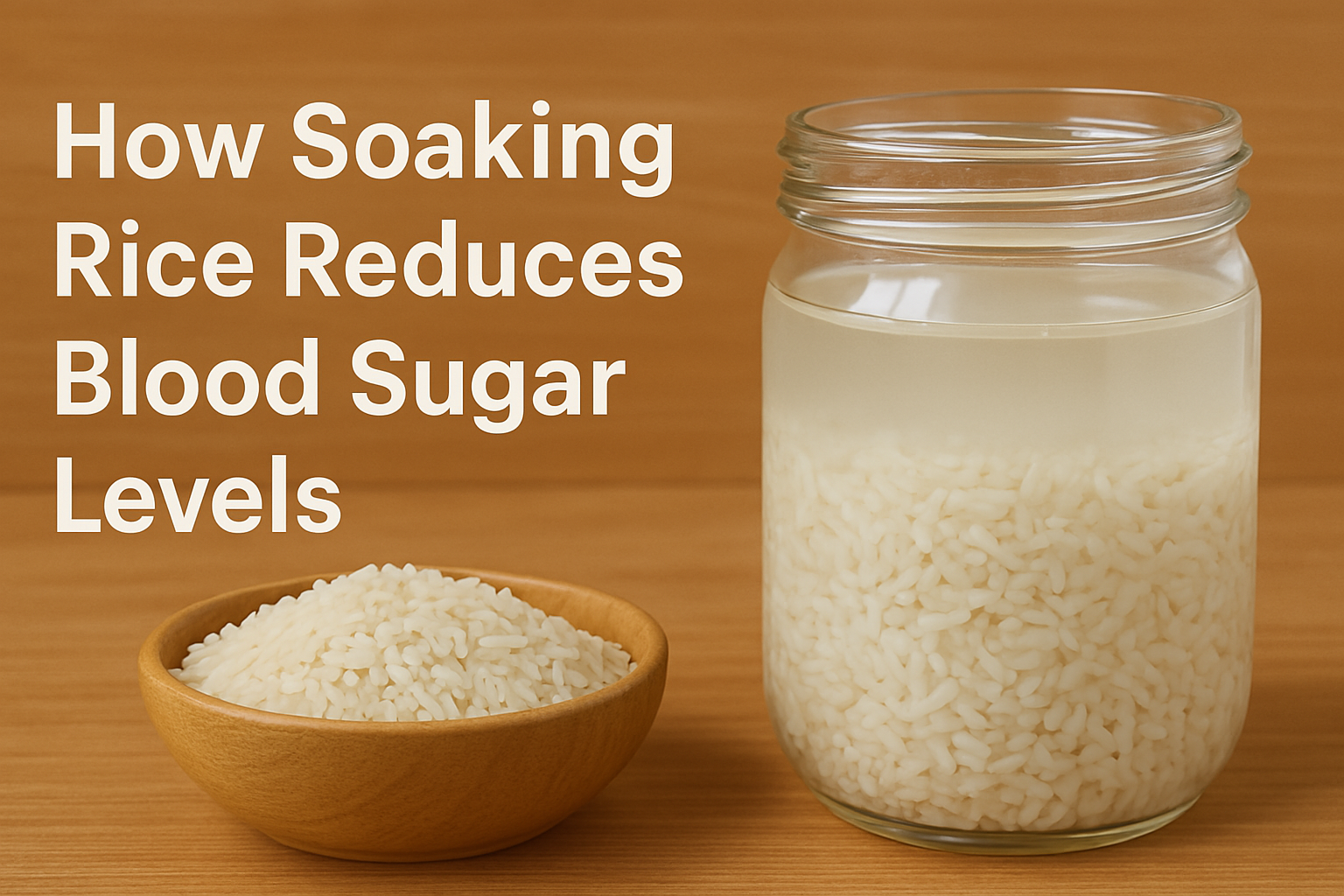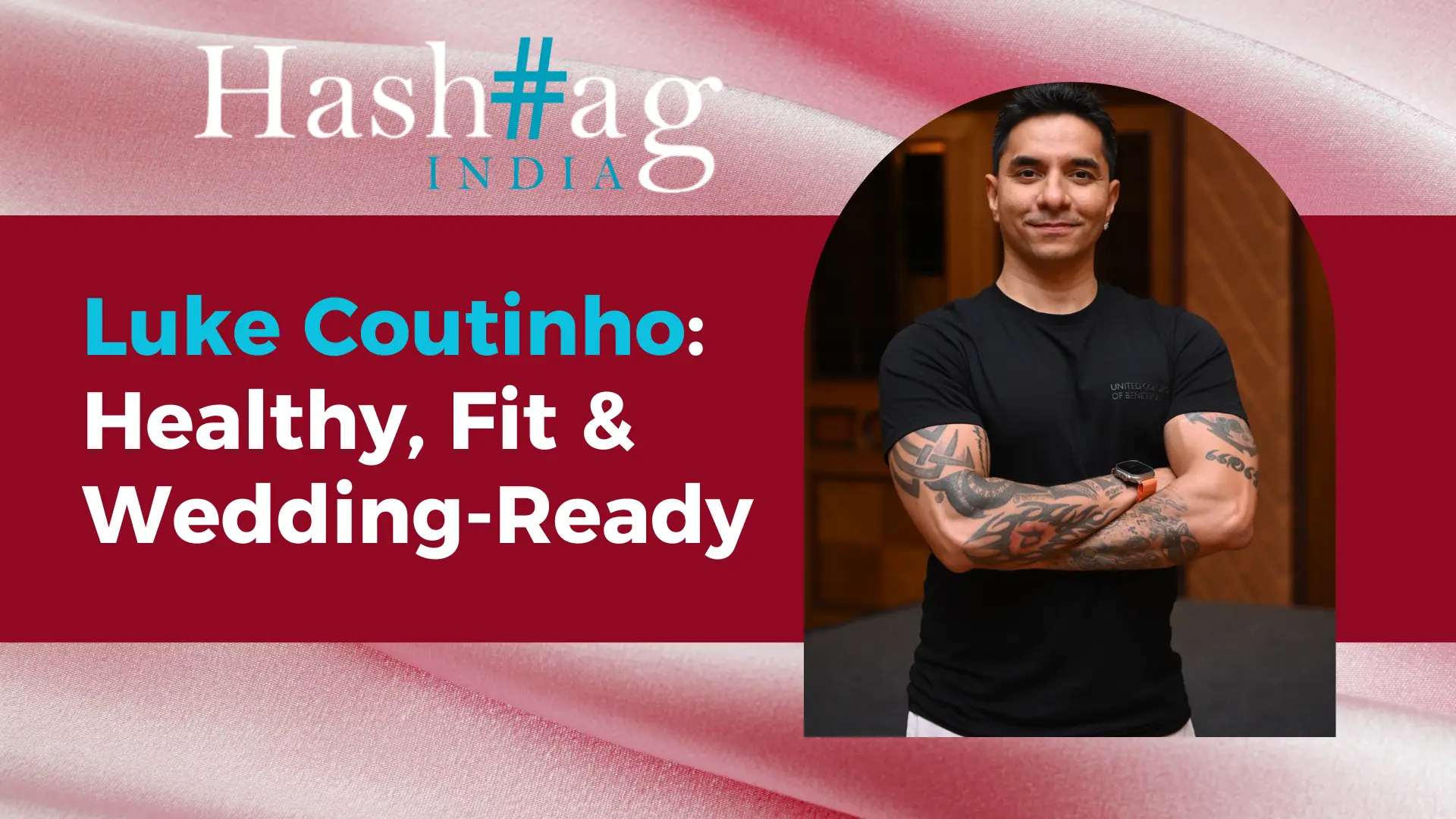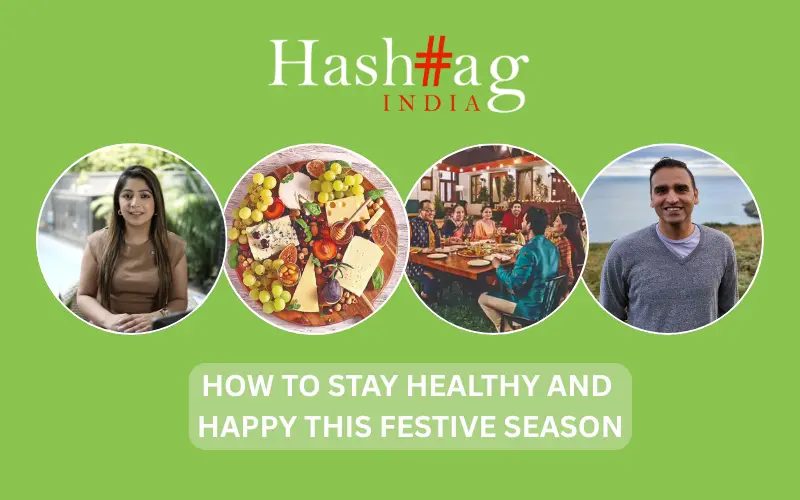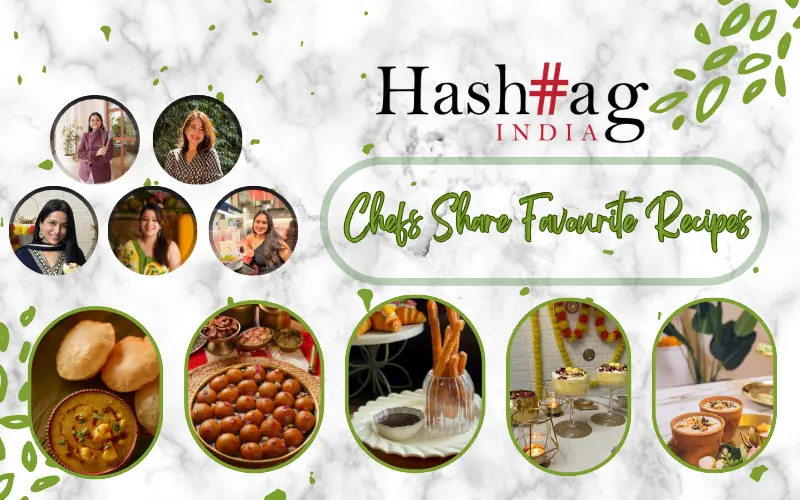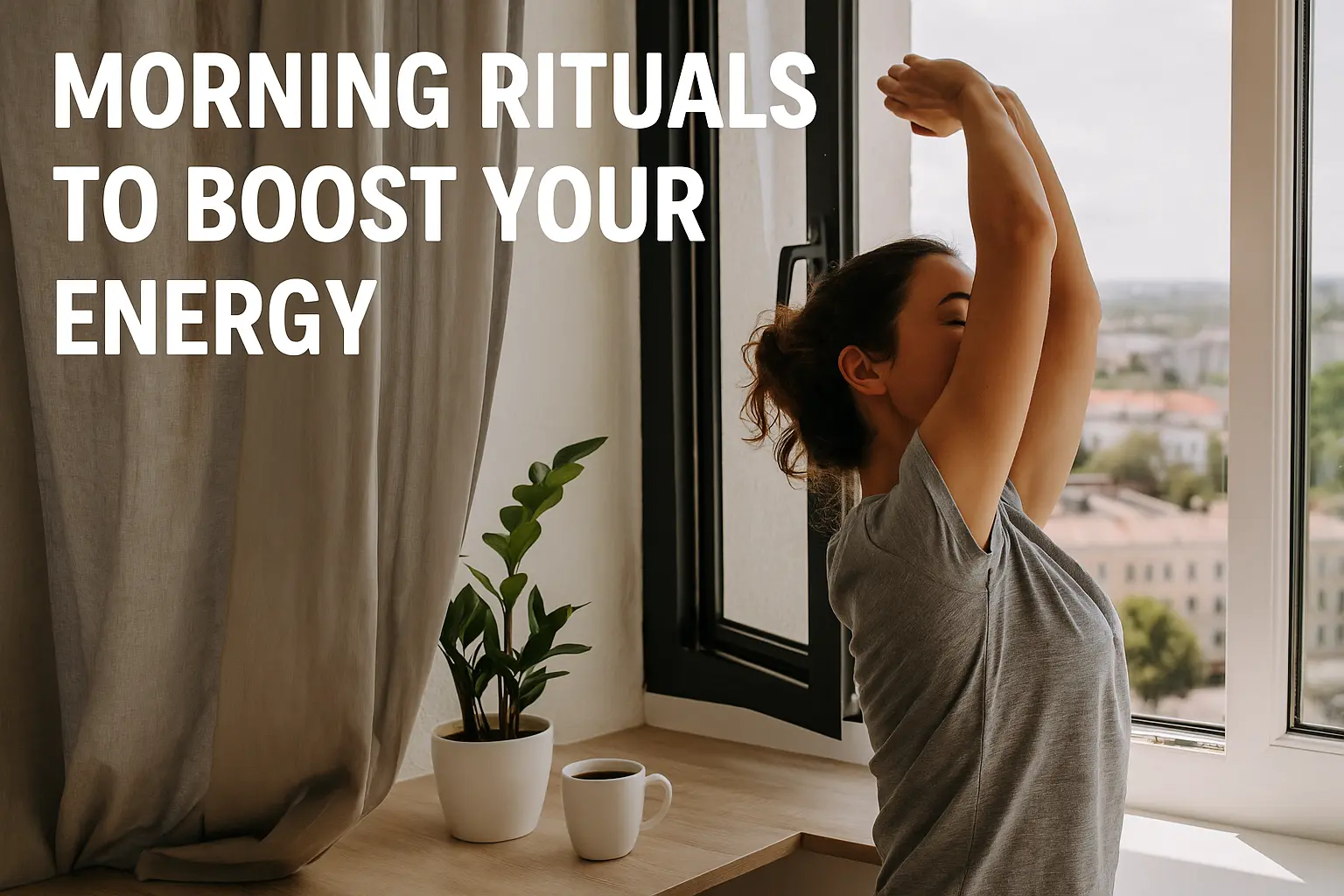Rice is a staple food for millions across the globe, but it’s also often blamed for raising blood sugar levels—especially white rice due to its high glycemic index (GI). However, a simple, age-old practice can help: soaking rice before cooking. This traditional method doesn’t just make rice softer and faster to cook—it also offers a science-backed way to reduce its glucose content and make it healthier. Hashtag Magazines gives you a lowdown…
The Science Behind Soaking Rice
When you soak rice, several things happen:
- Reduction in starch: The outer layer of rice contains amylopectin, a type of starch that breaks down quickly into glucose. Soaking helps leach out some of this starch into the water.
- Enzyme activation: Soaking activates certain enzymes like phytase, which break down anti-nutrients and start a mild fermentation process that improves digestibility.
- Lower glycemic response: Soaked rice has a lower glycemic index compared to unsoaked rice, leading to a slower and more stable release of sugar into the bloodstream.
Supporting Research and Statistics
 A study published in Food Chemistry (2015) found:
A study published in Food Chemistry (2015) found:
- Soaking white rice for 30 minutes to 2 hours before cooking reduced its rapidly digestible starch (RDS) by up to 20%, effectively lowering the glycemic load.
 Another study from The American Journal of Clinical Nutrition noted:
Another study from The American Journal of Clinical Nutrition noted:
- Parboiled and soaked rice caused less of a blood sugar spike in comparison to plain white rice.
 A 2022 clinical trial in India showed:
A 2022 clinical trial in India showed:
- Diabetics who consumed soaked and drained rice had 14–18% lower post-meal glucose levels compared to eating unsoaked rice.
How to Soak Rice to Lower Glucose
 Step-by-Step Method:
Step-by-Step Method:
- Choose Your Rice Wisely:
- Opt for whole-grain or unpolished rice like brown rice, red rice, or Navara rice, which are naturally lower on the GI scale.
- Rinse Thoroughly:
- Wash the rice 2–3 times to remove surface starch.
- Soak in Room Temperature Water:
- Soak the rice in a bowl of clean, filtered water.
- Duration: At least 30 minutes, ideally 1–2 hours for white rice and 4–6 hours for brown or red rice.
- Discard the Soaking Water:
- Don’t cook the rice in the same water. Drain and rinse again.
- Cook as Usual:
- Steam or boil the rice with fresh water.
 Glycemic Index Reduction – Before & After Soaking
Glycemic Index Reduction – Before & After Soaking
| Type of Rice | GI (Unsoaked) | GI (After Soaking) |
|---|---|---|
| White rice | 72 | 60–65 |
| Brown rice | 68 | 55–60 |
| Basmati rice | 58 | 45–50 |
| Red rice | 55 | 40–48 |
Additional Tips to Reduce Sugar Spike from Rice
- Pair with protein or healthy fats (like dal, ghee, or paneer) to slow glucose absorption.
- Choose parboiled or hand-pounded rice over polished white rice.
- Avoid overcooking, as overcooked rice turns mushy and easier to digest, increasing glucose absorption.
- Cool and reheat rice: This forms resistant starch, which reduces the GI.
Why This Matters for Diabetics and Health-Conscious Eaters
Blood sugar spikes can lead to fatigue, weight gain, insulin resistance, and long-term complications like diabetes or heart disease. Making simple changes like soaking rice helps:
- Stabilize blood sugar
- Reduce inflammation
- Improve satiety and digestion
- Encourage mindful, traditional eating habits
Conclusion
Soaking rice is a simple, no-cost step with massive health benefits. Whether you’re managing diabetes, watching your weight, or just aiming for better gut health, soaking rice before cooking can significantly lower its glucose impact. It’s one of the best-kept secrets in Indian kitchens, now backed by science.

